Prince Insiders Talk About His 1987 Masterpiece, ‘Sign O’ the Times’: Exclusive
by Mark Brown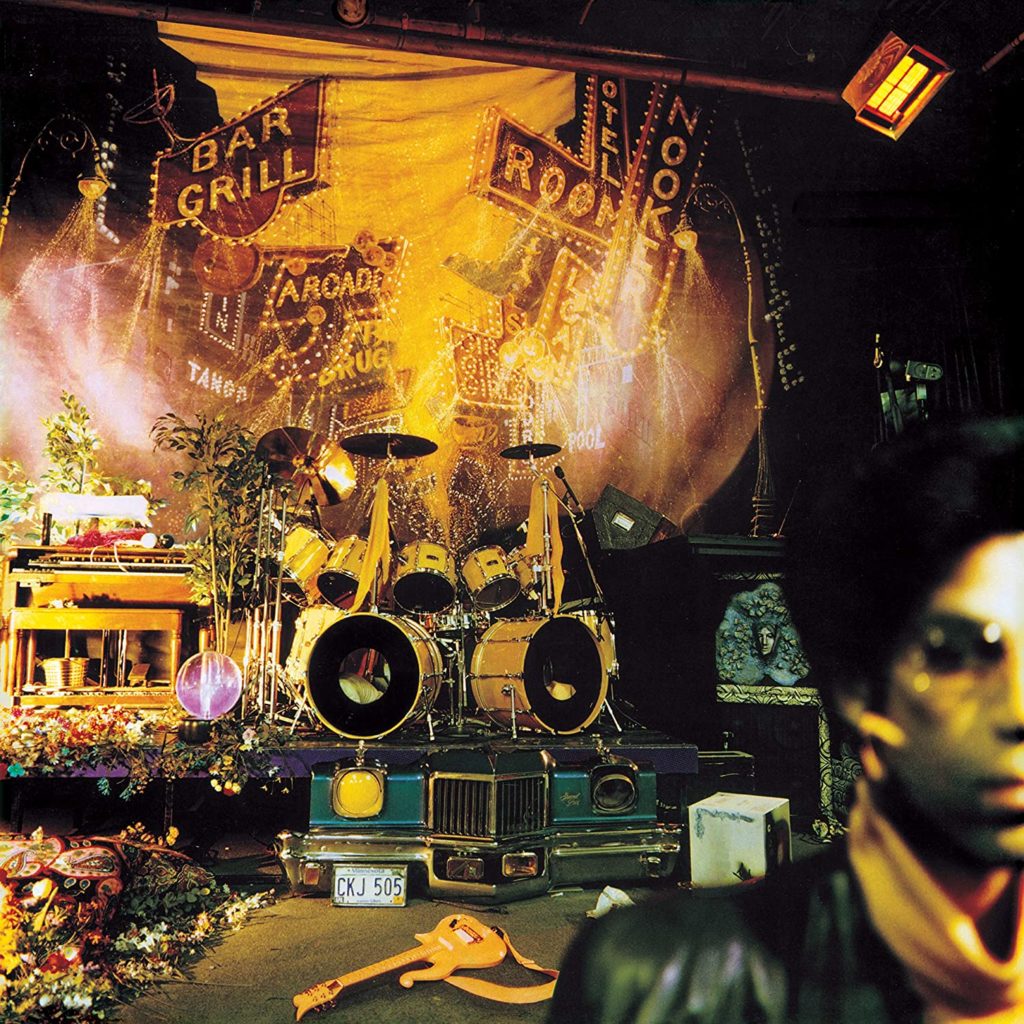 In the title track of 1987’s Sign O’ the Times, Prince questions what’s going on in the world, starting with “In France a skinny man died of a big disease with a little name.” Thirty-three years later, the album has been remastered, expanded and dropped in yet another era of “a big disease with a little name.”
In the title track of 1987’s Sign O’ the Times, Prince questions what’s going on in the world, starting with “In France a skinny man died of a big disease with a little name.” Thirty-three years later, the album has been remastered, expanded and dropped in yet another era of “a big disease with a little name.”
“It’s a long time ago, but he was tapped into the sign of the times then, and the sign of the times is happening now. What is going on?” says Susannah Melvoin, Prince’s collaborator and fiancé at the time. “It was, in a political way, emotionally, just an extraordinarily complicated transition.”
Purple Rain was Prince’s blockbuster. It was his Thriller, his Born in the U.S.A. It was the album that took him from amazing artist to international superstar. But Sign O’ the Times was his masterpiece. The double album, released on March 30, 1987, was a sprawling set of eclectic songs, different vibes, amazing lyrics and irresistible grooves. It was Prince’s White Album (and it makes one question why he titled its follow-up The Black Album).
“A lot of musicians end up doing the same song over and over. Sign O’ the Times sounds like nothing he’d ever done before,” Prince archivist Duane Tudahl says. “It is staggering.”
Finally, the expanded edition treats it as a masterpiece. In a 2004 interview, Prince leapt to his feet when this writer asked him about the muddy, uneven sound SOTT had on CD.
“Tell them that!” he exclaimed. “We need to bring it up to the industry standard!”
It wasn’t the first or last time Prince leapt to his feet during our hour-long talk, but it was his most emotional. Sign O’ the Times (Super Deluxe) is a glorious remaster transferred from the analog master tapes, including B-sides, alternate versions, wholly unreleased songs and a live show. The outtakes aren’t leftovers; they are polished, fully realized prime-era Prince. They just simply didn’t make the album.
“If an element doesn’t fit, the element goes away,” Tudahl says. “That’s amazing self-discipline: ‘I have three hits on here, but they don’t fit the tone.’”
Watch the video for “U Got the Look”
Melvoin got to revisit that prolific period of time when she, her sister Wendy Melvoin and Lisa Coleman were Prince’s go-to musicians.
“It’s been a really interesting time because it has enmeshed me in a period of my history that was kind of weird—all sorts of experiences,” says Melvoin. “It wasn’t just work. On an emotional level, on a personal level, there was a lot going on at once.”
Prince’s finest love songs—“Forever in My Life,” “Adore” and “Nothing Compares 2 U” among them—were written for Melvoin. She even shares a rare co-writing credit on “Starfish and Coffee,” a song about her childhood friend Cynthia Rose, but with no royalties. Money talk “starts rifts, and I don’t think any of us wanted to start it,” she says.
Sign O’ the Times started as a double album called Dream Factory, and evolved into the triple-disc, 23-song, unreleased album Crystal Ball.
“I grew up when albums came out every three or four months. I wanted to make a lot of music,” Prince said in 2004. However, Prince’s label, Warner Bros. Records, hated it. Too long, too expensive. Too much Prince.
“Crystal Ball was something he loved. He was super tapped-in to the part of himself that he wanted to share,” Melvoin says. “When he turned that record in, Warners didn’t like it. It was way too long, and they didn’t respond to the music. He was not happy about that in the slightest.”
Thus the seeds were sown for Prince’s eventual ’90s uprising, that led to the legendary name-change and “slave” talk. He left Warner Bros. to be a trailblazer and sell his own music online.
Related: 10 cool covers of Prince songs
“My life got real serious there for a second, getting out of the record industry. You have to realize that I was told I couldn’t leave. Excuse me? What did you say?” Prince said. “With the mergers and revolving door of executives, it was like musical chairs or something.”
Going online was a risk, but he was confident. “It’s almost like hearing a weather report and knowing it’s going to rain. You can tell people and they either believe you or not.”
Warner Bros. had put great faith in him early in his career, but wavered as the years went on, despite the many millions of dollars his work had earned the company.
“It just means they weren’t enlightened enough or had the same faith that I had. If you love somebody, you should always love them,” Prince said. The downside, he added, was, “You’re just worried how you’re going to get out of this and not look like exactly what I eventually ended up looking like—this spoiled, pampered baby.”
Jesse Esparza, a Prince uber-fan since he was a child, has become a close confidant of Wendy, Lisa and Susannah. Like most fans, he’s thrilled to see what’s in the vaults. He sees this as a continuation of Prince’s determination to release as much music as possible.
“He always found a way,” Esparza says. “That’s what was so exciting about being a fan. He’d find a way to get as much music to you as he could. We literally knew every year that there would be a new album.”
Otherworldly Creativity
“It’s almost an otherworldly creative energy that was in abundance in this time,” Melvoin continues. “Who has this profound period in their lives where they’re in love, working, being creative, establishing a future and being involved with the most profoundly creative artist?”
Tudahl is archivist for the Prince estate, going through thousands of hours of music to meticulously research what’s in there; he first attracted the attention of the estate due to his exhaustive research for his book, Prince and the Purple Rain Era Studio Sessions, 500-plus pages of details.
“Every day I’m humbled. Every day I’m blown away to have a small piece of his legacy,” Tudahl says. “He was always about music, even when he wasn’t recording music. I didn’t realize how much he recorded until I did the book. The entire month of September of ’83, he was in the studio every day. Then he did a tour, he’s recording concerts all the time, then he’d be in the studio with Sheila E., recording all the time. He’d record the soundcheck, then record the concert, then record in the studio, then fly out to the next show. He did the work of five people.”
Listen to “I Could Never Take the Place of Your Man”
“It was something to behold,” Melvoin says. “If he wasn’t in the studio and recording and writing, whatever he was doing was shoring up what he did do. Everything was connected to the next step. Nothing he did was in and of itself unattached to a project he was working on or a song he was about to record, engineers setting up the studio to work, getting his clothing made, getting his stage ready. It was all interconnected.”
Much as Prince depended on Melvoin during this era, Wendy and Lisa were integral in his creativity, Esparza notes.
“When he had Wendy and Lisa with him, they could do anything. He would say, ‘This song is blue.’ and they knew what he meant,” he says. “They would show up to work and these songs would come out. He’d send them a drum track. They’d put everything on it and send it back. He never trusted anyone so much.”
Melvoin adds, “This is a man who is not like, ‘Let’s go for a hike today.’ From 1985 to 1987 he recorded more music than most people do in a lifetime.”
What Would Prince Do?
In the 2004 interview, Prince said he would love to see remastered and expanded versions of his work and even surround-sound versions of his classics. But with the master tapes in Warner’s hands at the time, he couldn’t. “I can go re-record it and put it out, but should I have to?” he said.
Given that he wanted his work out, but was also the ultimate control freak, what would he make of these reissues?
“I have to be honest; I don’t know how happy he’d be about it,” Melvoin says. “He is the creator of his destination. His music was his children. This is the family he created. So I don’t know how happy he’d be about it. Maybe he’d see some and think it’s a great job. But when I knew him, he wouldn’t like it.”
That said, “I think the estate has done a remarkable job of presenting this,” she adds.
Listen to “If I Was Your Girlfriend”
On the Sign O’ the Times boxed set, “he did so much,” Tudahl says. “This is a chapter in a long book being written about what’s there. There’s a novel there, but this release is a chapter. Hopefully, there will be chapters every year.”
“It’s amazing to get this music. It’s interesting to get all the other puzzle pieces as well,” Esparza adds. The ’90s saw an inevitable slow-down on Prince’s output. So the brilliant music that came out with the expanded versions of Purple Rain, 1999 and Sign O’ the Times can’t go on forever.
“You know, eventually the well will go dry on this,” Esparza says with sadness.
So let’s enjoy it while we can.
Watch the official “Sign O’ the Times” music video
The album and other Prince recordings are available here.
- Joe Walsh—’But Seriously, Folks’: Behind the Scenes - 05/16/2025
- A Visit to Stockholm’s ABBA Museum - 04/05/2025
- Joe Walsh Interview: Paying It Back for Veterans - 11/10/2024


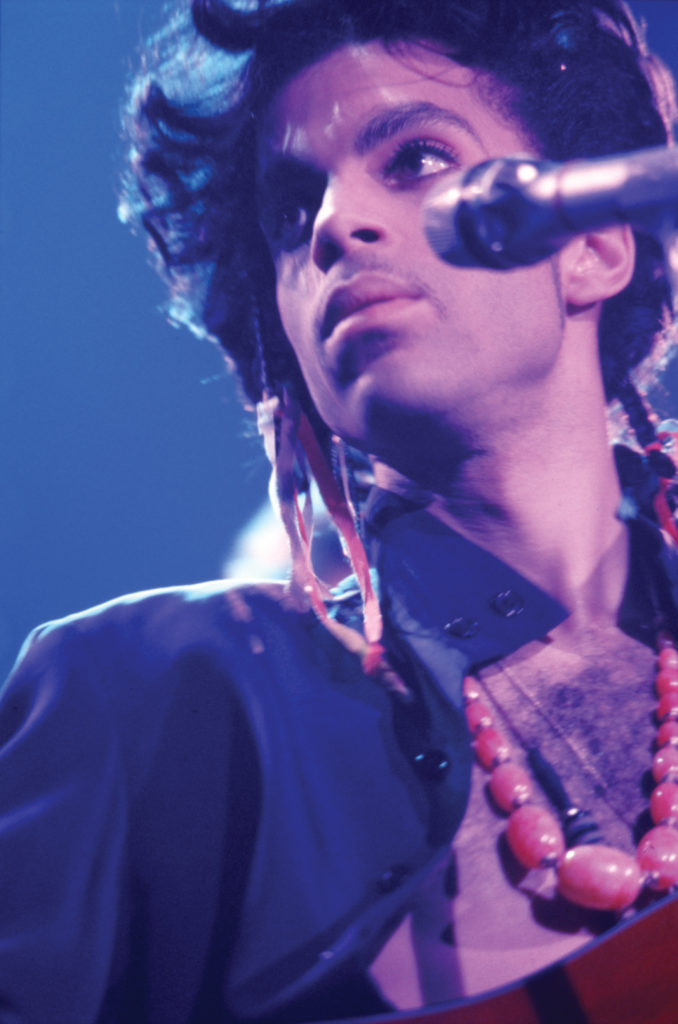
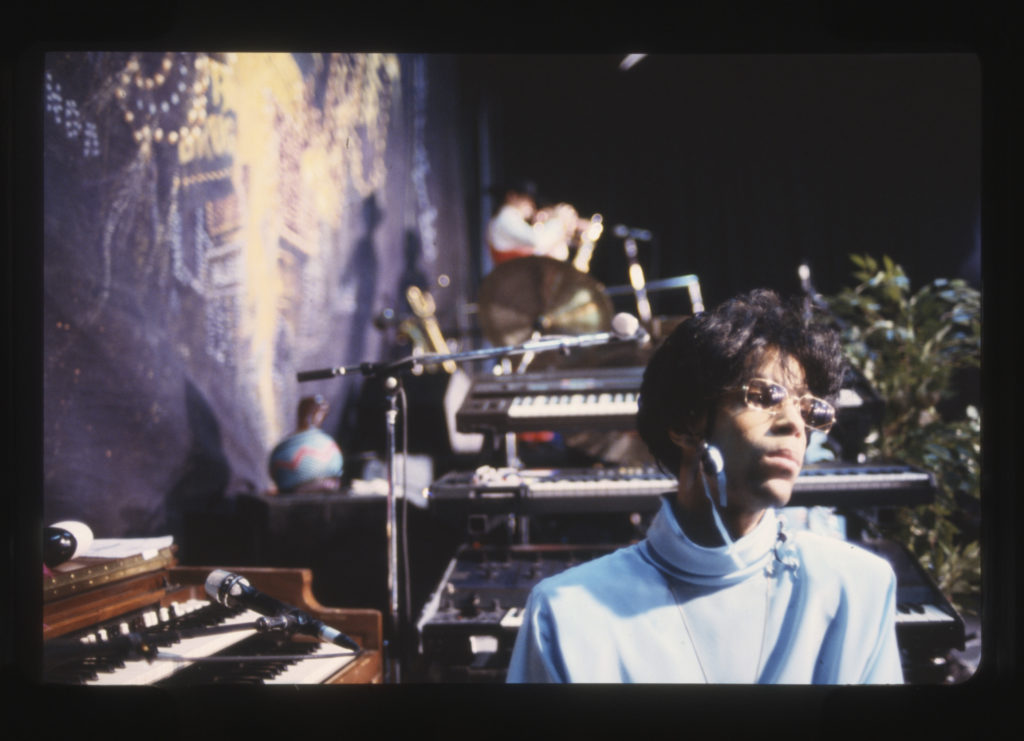
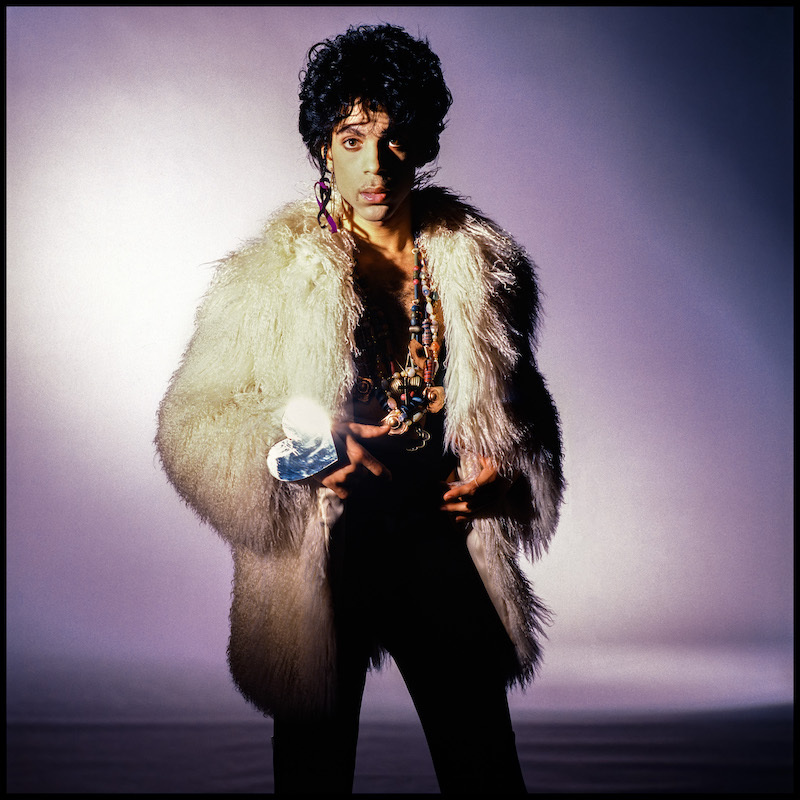

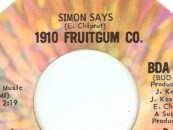



1 Comment so far
Jump into a conversationI was a DJ when “I Wanna Be Your Lover” came out. No one had any idea what was to come.
Except Prince.